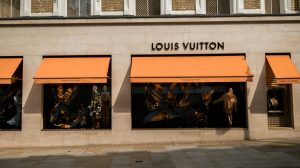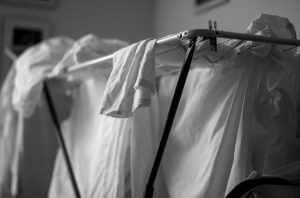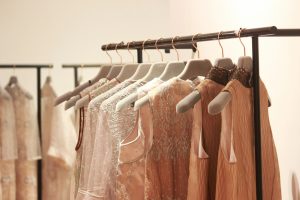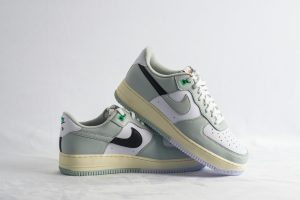From subculture to mainstream: the journey of punk fashion
Punk fashion is more than just torn denim, leather jackets, and bold hair. It is a rebellion against societal norms, a form of self-expression, and a representation of the subculture it originated from. While it may have been deemed as an underground style in its early days, it has now evolved into a mainstream fashion trend that has been embraced by designers, celebrities, and individuals alike. From its humble beginnings to its current status, let’s take a closer look at the journey of punk fashion from subculture to mainstream.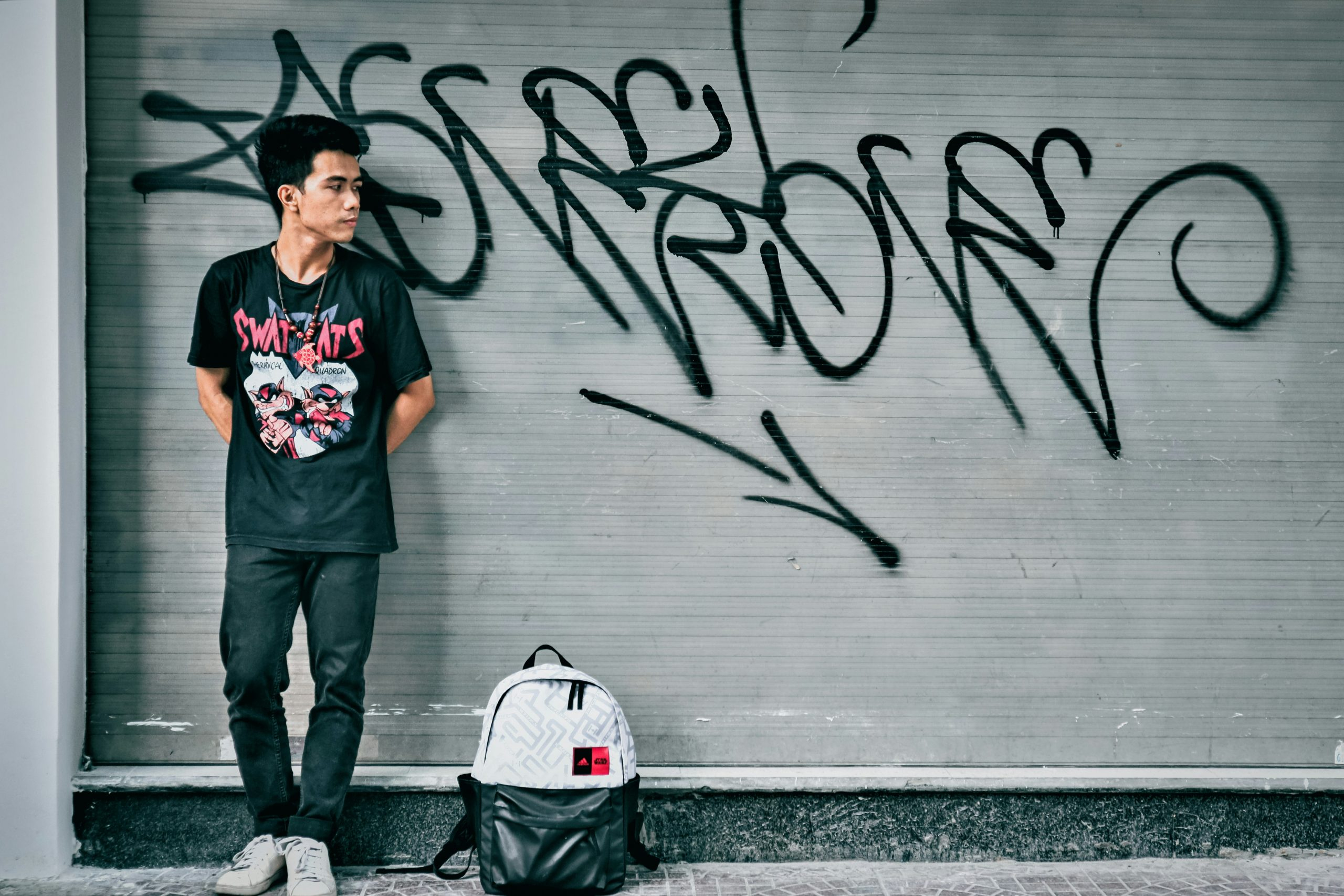
The Origins of Punk Fashion
The punk subculture emerged in the mid-1970s in the United Kingdom, primarily in London. It was a movement that rejected the mainstream culture and sought to challenge the status quo through music, art, and fashion. Punk music, with its raw and aggressive sound, became the voice of the subculture, and fashion was used as a visual representation of the ideology.
The clothing worn by the early pioneers of punk was a deliberate rejection of the fashion norms of the time. The DIY attitude was prevalent, and individuals created their own clothing using safety pins, ripped t-shirts, and other unconventional materials. The goal was to shock and provoke, and this was achieved through outrageous outfits that challenged traditional beauty standards. The punk aesthetic also included bondage elements, ripped fishnet stockings, and heavy makeup, which were all considered unconventional at the time.
Punk Fashion Goes Mainstream
As the punk movement gained momentum, so did its fashion influence. By the late 1970s, punk fashion had spread to other countries, including the United States, and was starting to gain recognition from the mainstream. Designers such as Vivienne Westwood and Malcolm McLaren, who were instrumental in the early punk scene, began to incorporate elements of punk into their collections. This marked the beginning of punk fashion’s journey from the underground to the mainstream.
The 1980s saw punk fashion reach new heights with the rise of the punk-influenced New Wave music. The fashion industry and mainstream media started to take notice of punk’s unique style, and it became more accessible to the masses. The edginess and rebelliousness of punk fashion appealed to a broader audience, and elements like studs, spikes, and safety pins became popular in mainstream fashion. The iconic leather jackets, which were once a symbol of the punk subculture, were now being worn by everyone from musicians to movie stars.
Punk Fashion Today
In the 21st century, punk fashion has become a staple in mainstream fashion, with elements of the subculture still influencing designers and trends. Punk-inspired collections are regularly featured on the runways of top fashion houses, and celebrities and influencers can often be seen wearing punk-inspired looks. The accessibility of punk fashion has also increased with the rise of online shopping, making it easier for individuals to incorporate punk elements into their wardrobe.
While the hardcore punk subculture still exists, the punk aesthetic has evolved into different subcultures, such as goth, grunge, and emo. However, the spirit of rebellion and non-conformity remains at the core of punk fashion. It continues to be a form of self-expression for many, and its influence can be seen in various styles and subcultures.
The Crossover of Punk and High Fashion
The integration of punk into high fashion has been a topic of debate, with some arguing that it goes against the true nature of punk. However, others see it as a natural progression of the subculture and a nod to its influence on mainstream fashion. In recent years, designer collaborations with punk icons, such as the collection between Comme des Garçons and Vivienne Westwood, have put a spotlight on the crossover of punk and high fashion.
In Conclusion
From its controversial beginnings as a subculture to its current status as a mainstream fashion trend, punk fashion has come a long way. What was once deemed as outrageous and rebellious is now celebrated and embraced by society. The journey of punk fashion from subculture to mainstream has not only paved the way for other alternative styles but has also shown the power of fashion as a form of self-expression and a vehicle for societal change.

